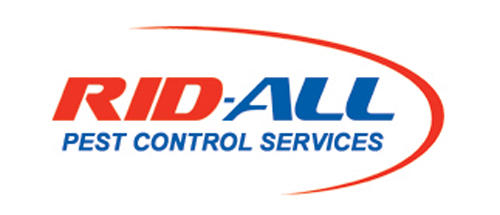An annoying and troublesome pest that concerns numerous homeowners is the moth fly, also commonly known as the drain fly, filter fly, or sewage fly. Moth flies are frequently found indoors on windows, sinks and walls. The source of the fly infestation is generally from sinks and floor drains, or from nearby sewage plants or waste disposal areas. Polluted waters and wet organic materials are preferred breeding areas of the fly.
The adult fly is about one-tenth inch long (about one-third the size of a housefly). It has a dark gray body and lighter colored wings. The body and wings are densely covered with long hairs which give the body a fuzzy or hairy appearance, hence the name “moth fly”.
Eggs are deposited throughout the spring and summer in moist, decomposing organic materials. The gelatinous organic deposits, which accumulate in drains, provide an ideal breeding site. Eggs hatch into the maggots, which feed in this organic matter. Under favorable conditions, maggots mature in about two weeks and form a hard shell within which the pupa forms and from which the adult fly emerges.
As with most gnats, the larval drain flies need moisture. They can live most anywhere that water accumulates for a week or more. Common indoor sites include the fine slime layer that develops along the water surface in infrequently used toilet bowls and tanks, in sink or floor drains in basements or garages, or drain pans under refrigerators. Sometimes the gray, wriggling larvae can be seen swimming in the water. These areas need to be cleaned thoroughly with attention to removing surface films.
It can be hard to recognize breeding sites because the larvae are small and easy to overlook. Emergence of flies may be detected by the use of a simple trap. Clear plastic cups with a very light coating of vegetable oil or petroleum jelly can be inverted over drains for several days to catch emerging adults and to identify breeding sites. If these are not productive, then expand the search.
Drain flies can breed outdoors during the summer with adults entering homes through open doors or windows. Low, wet areas where air conditioning units drain, or clogged guttering are excellent places for these insects to develop. These should be addressed if adults do not appear to be emerging from within the house.
Prevention Tips
Clean any moist, organic areas, especially drains, with appropriate cleaners and a stiff brush to remove any film.
Hidden areas under kitchen equipment and sinks where moist, organic debris can accumulate should not be overlooked.
If these measures do not help, a plumber may be needed to check for hidden cracks and leaks in plumbing lines around your home.
Food should not be left out for long periods of time.
Trash should be kept covered and removed often.
Rinse beverage cans or bottles if you recycle.
Make it a habit to clean your garbage disposal.

